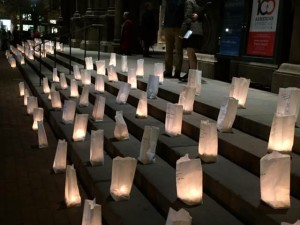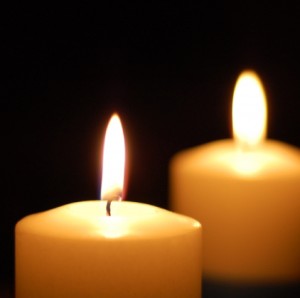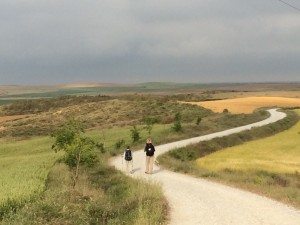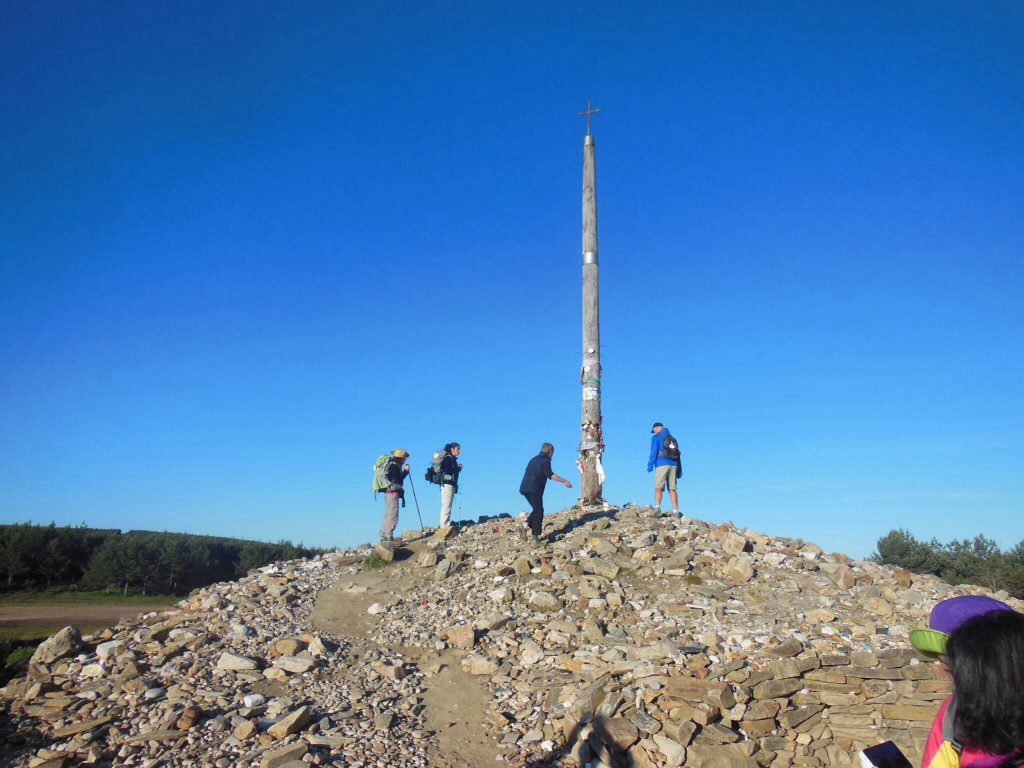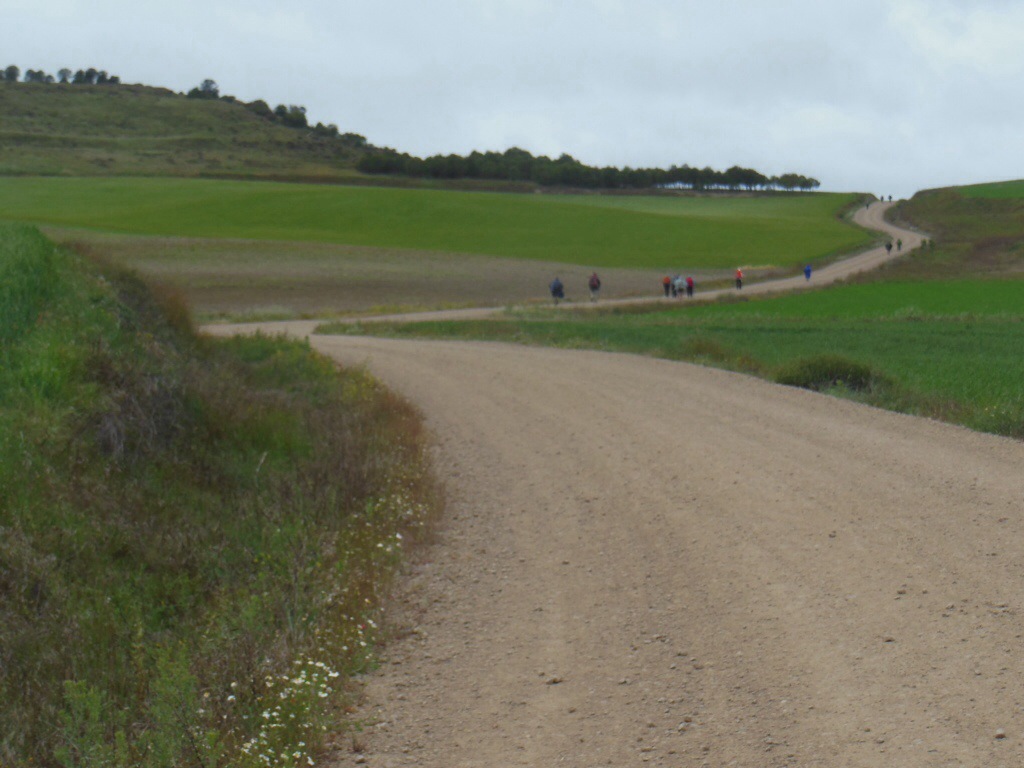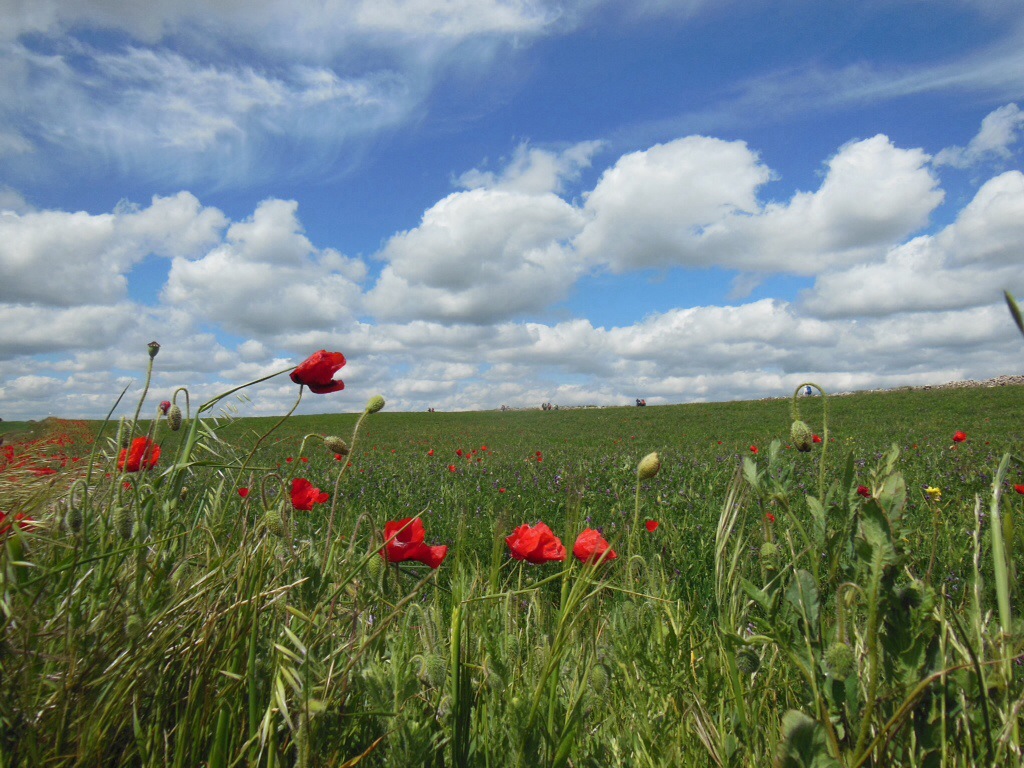We’re commemorating the 100th anniversary of the Armenian Genocide. African refugees are drowning by the hundreds in the Mediterranean. Closer to home, Nancy, a much-beloved member of our church and dear friend to many, is actively dying. Her family and friends are at her bedside, feeling her light and witnessing its waning. Jerry’s cancer has metastasized to his bones and he has just weeks to live. Bill is in his last days and he’s terrified. Even beloved cats are dying. I sometimes feel like I’m immersed in suffering and death.
I wonder: What’s one White middle-aged Oregonian gonna do about all of this? What’s my job here?
No man is an island entire of itself; every man
is a piece of the continent, a part of the main;
if a clod be washed away by the sea, Europe
is the less, as well as if a promontory were, as
well as any manner of thy friends or of thine
own were; any man’s death diminishes me,
because I am involved in mankind.
And therefore never send to know for whom
the bell tolls; it tolls for thee. – John Donne
Modern cosmology is proving the truth of Donne’s poetic statement. As Judy Cannato puts it in Radical Amazement, “All creation has come about through a single cosmic event, often called the Big Bang. Creation is not a static fixed event, but a cosmogenesis, an ongoing act of creation and creativity. Because all life is part of this single cosmic event, all life is connected at its most basic level.”
“The theory of holons suggests that everything is a whole/part, that nothing is separate and distinct. Life consists of nested holons of increasing complexity. Relationship is fundamental.”
A friend posted the photo of the Armenian Genocide memorial service in Boston last night. This is what we can do for them: light candles and remember them. Remember that this thing happened, and that things like it continue to happen. Know that as this thing happened to them, because we are all connected, it has happened, is happening, to us.
There’s where I find hope in our connection. I don’t know how to help African refugees except to make peace where I am, to live as peacefully and compassionately as I know how, which includes giving to organizations with boots on the ground. What I can do for the dying is be present with them and with those who mourn, with my whole witnessing heart. And because we are all connected, as I live intentionally, knowing that how I live makes a difference, the world will change. Thanks be to God.

